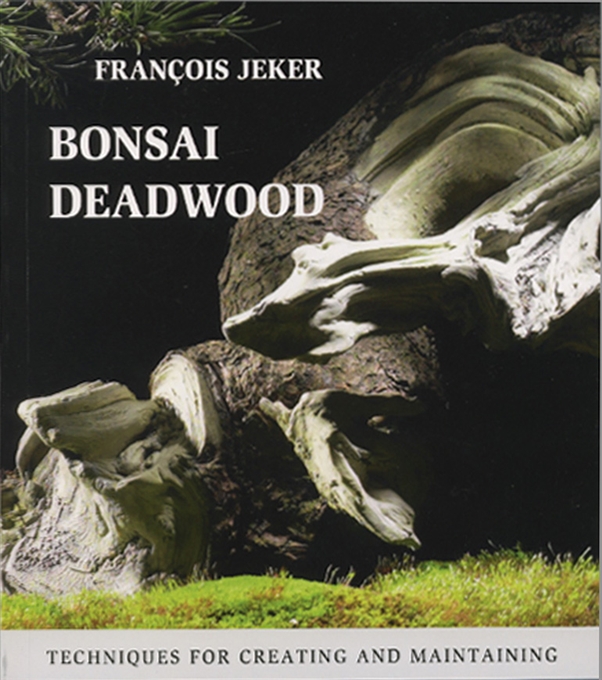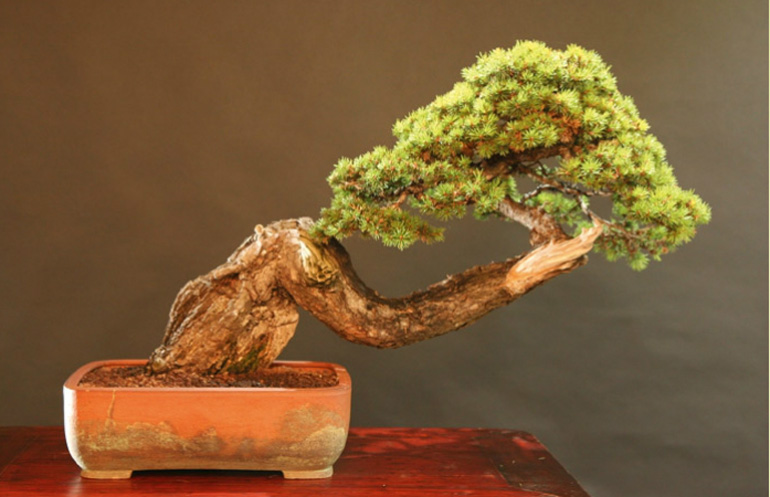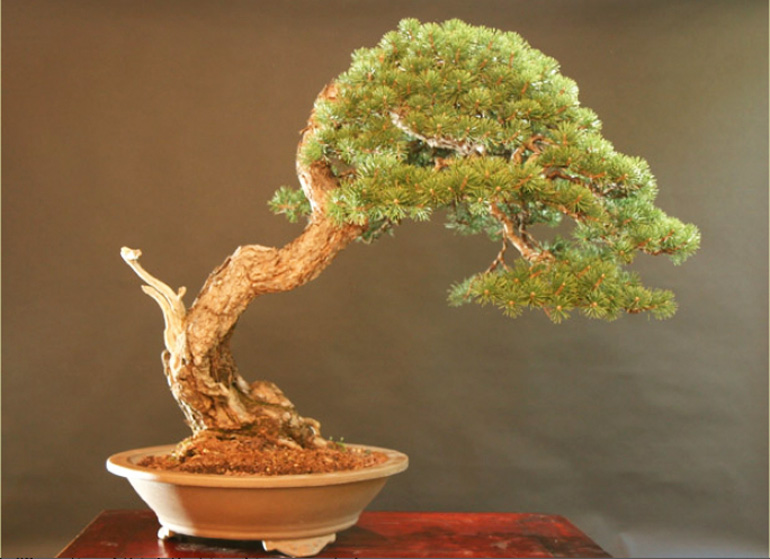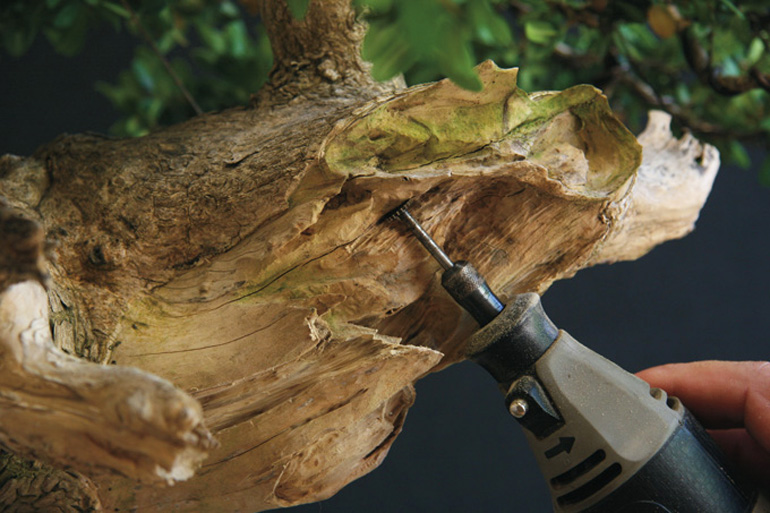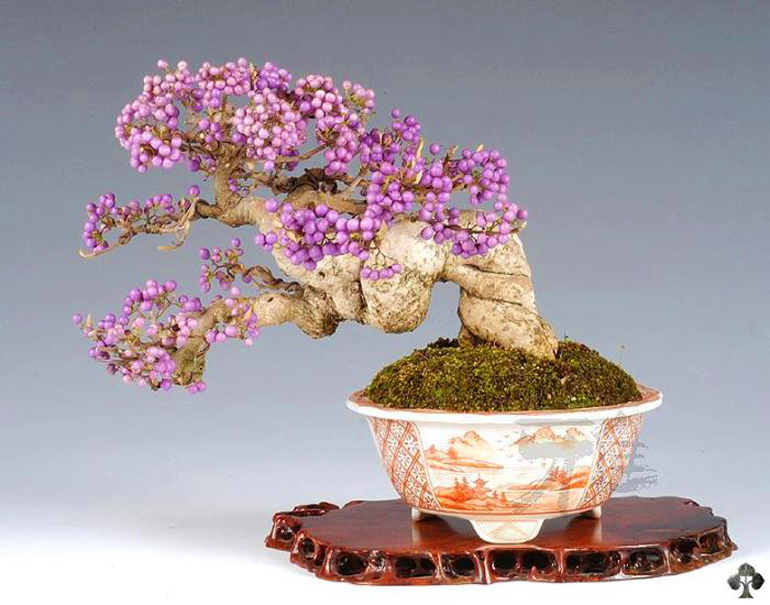
This brilliant little Japanese beautyberry (Callicarpa japonica) is well named indeed (it's nice when the name of a plant says something about how the plant looks; an onamonapia of sight). I found this photo on Bonsai Empire They attribute it to AR&B*, but I think AR&B picked it up somewhere else and failed to attribute. Looking at the tree, I'm almost certain that it's a Japanese bonsai. The rest of the photos in this post are from an old Bark post called Luminous Fruit. The artist is Katsumi Komiya.
If you’ve ever tried to grow fruiting bonsai, you know that getting perfectly healthy, beautiful fruit to grow and stay on your trees is no mean feat (birds, wind, insects and other problems will surely conspire against you). Especially on such small trees (Shohin bonsai).
Another very sweet little tree with luminous fruit and a great pot. I think I can say with complete confidence that it's a crab apple.
Another little gem in a great pot. Looks like a quince. The size of fruit brings up an interesting point; you can dwarf leaves by defoliating, allowing the roots to become pot bound, etc, but you can't dwarf fruit on an individual tree (you can dwarf fruit genetically, but that's another story). Thus the very large fruit on a very small tree.
At a glance I thought those little red things were fruit, but on closer examination, I'd say they look a lot like little quince flowers. Most likely a Chojubai.
Most def another crab apple in yet another great pot. The tiny tree makes the two little apples seem huge.
*Associazione Rock’n’Bonsai
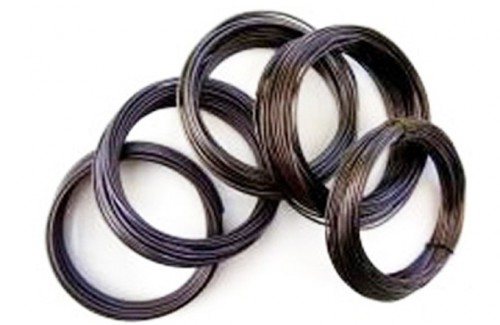 25% off 500 gram (1.1 lb) rolls of Bonsai Aesthetics wire
25% off 500 gram (1.1 lb) rolls of Bonsai Aesthetics wire
Plus another 10% off any Stone Lantern order of 100.00 or more

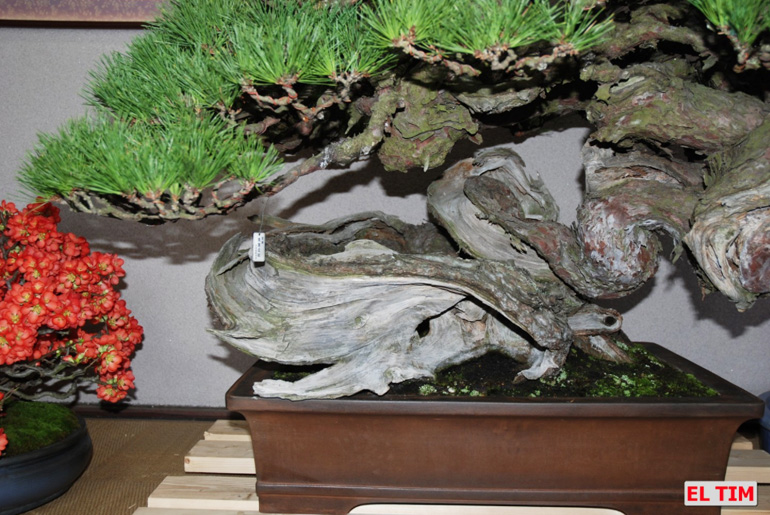
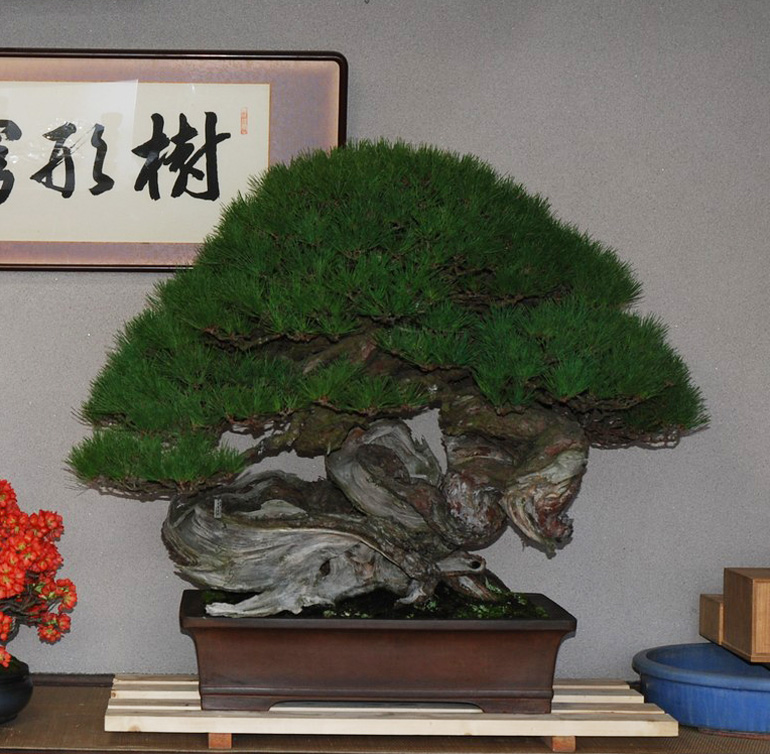
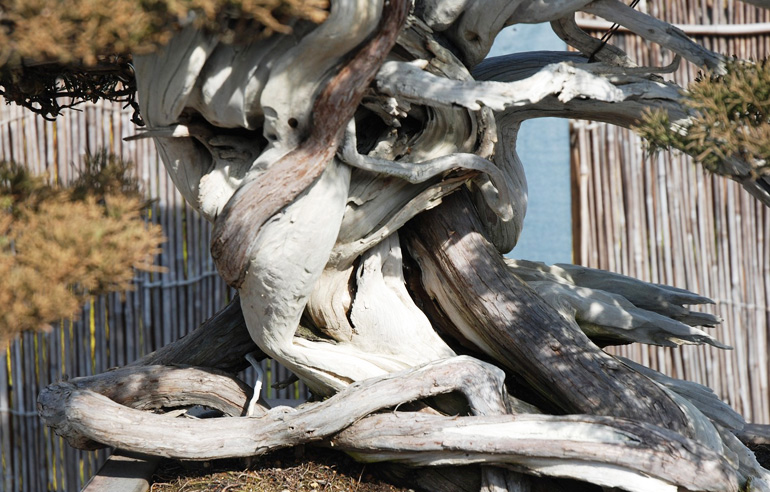
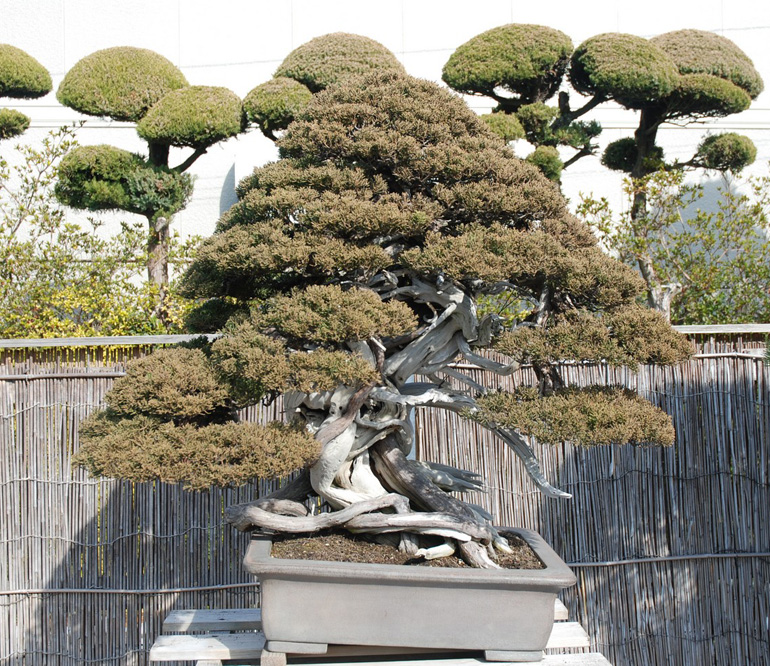
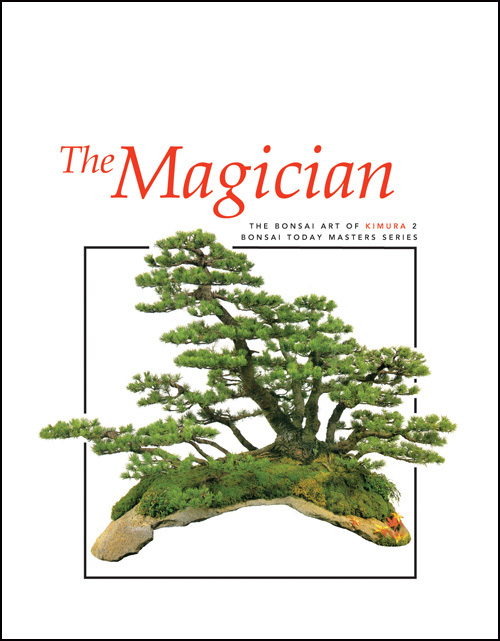
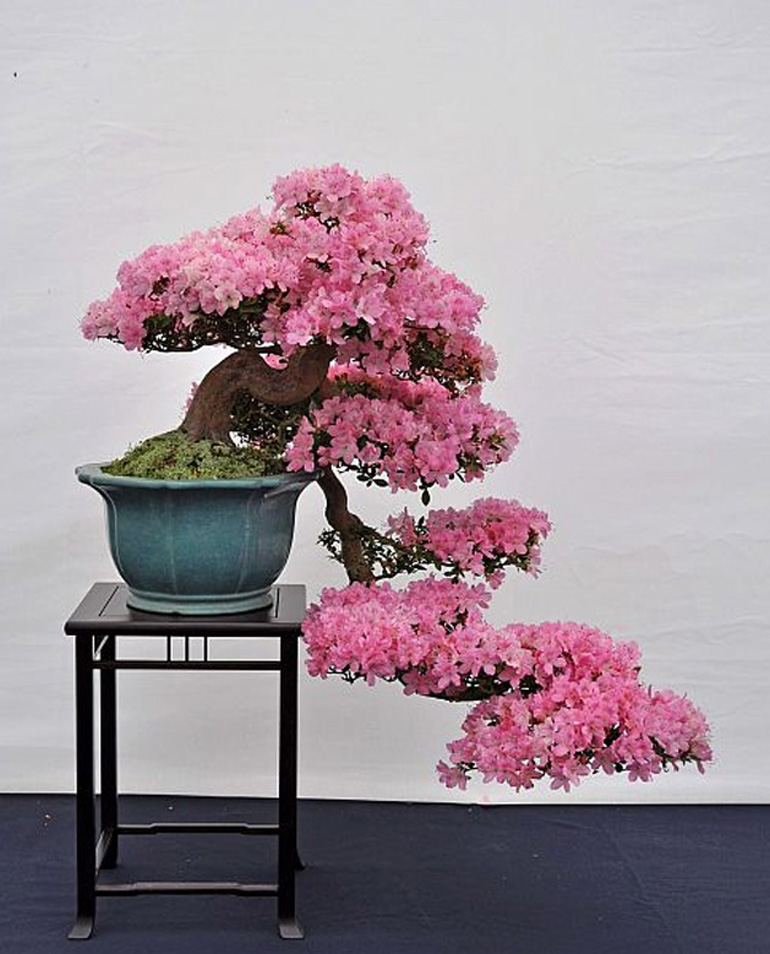
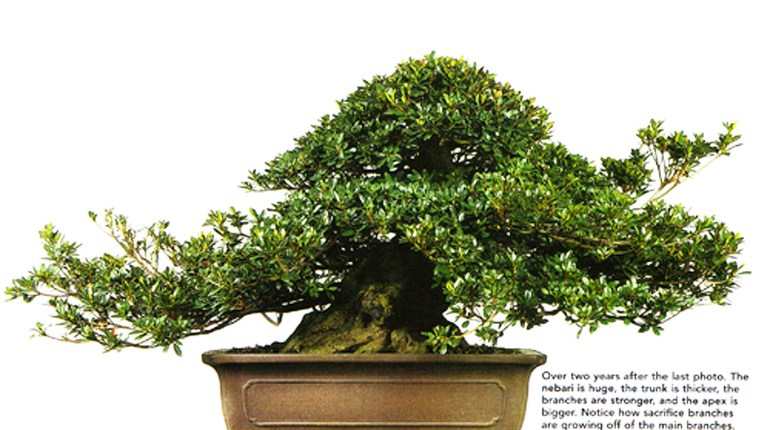 The huge girth and dramatic taper on this powerful
The huge girth and dramatic taper on this powerful 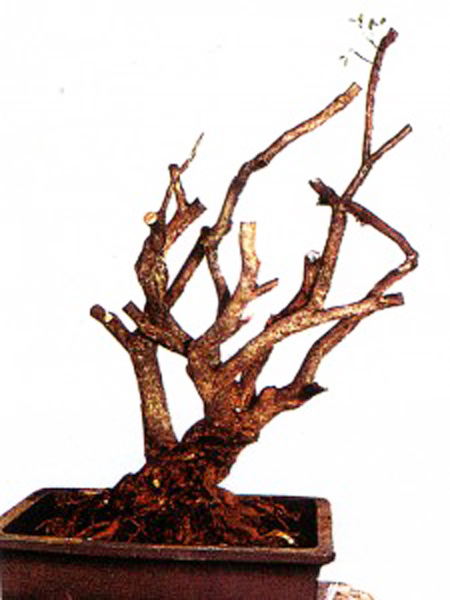
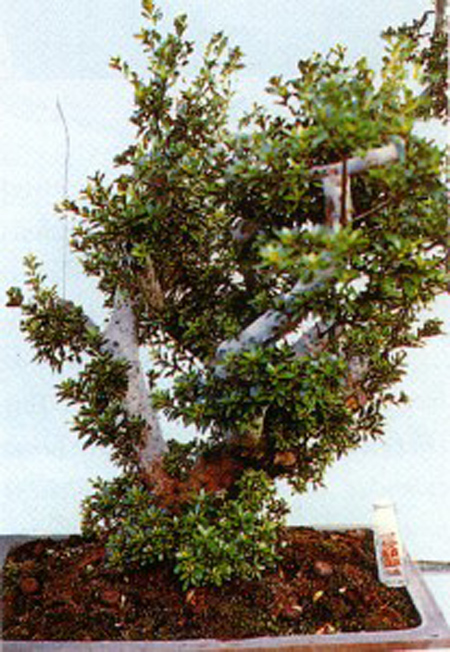
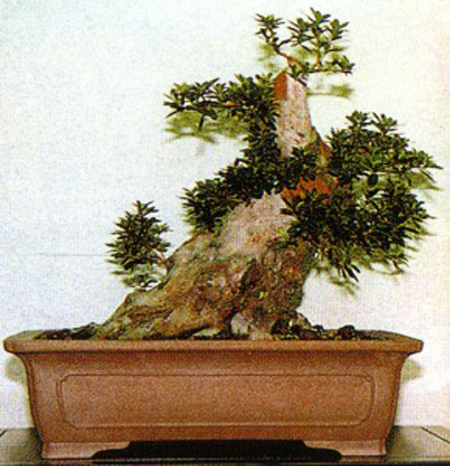
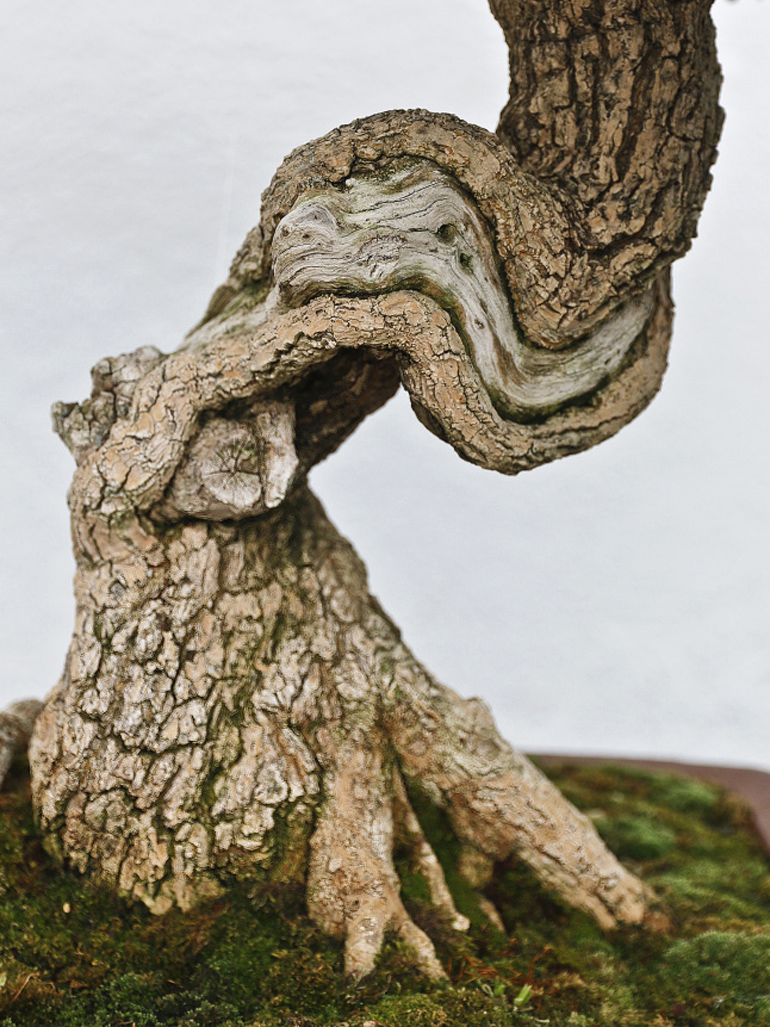
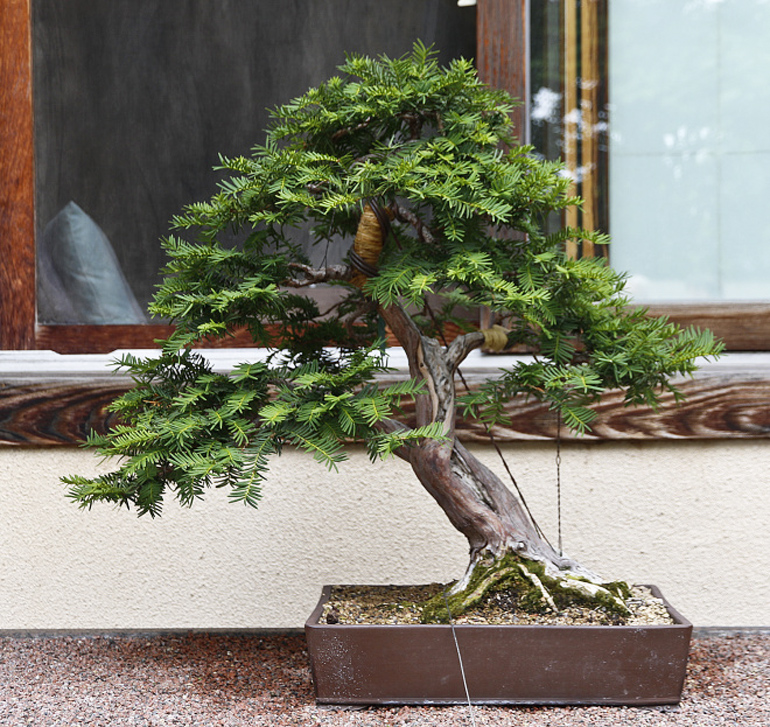
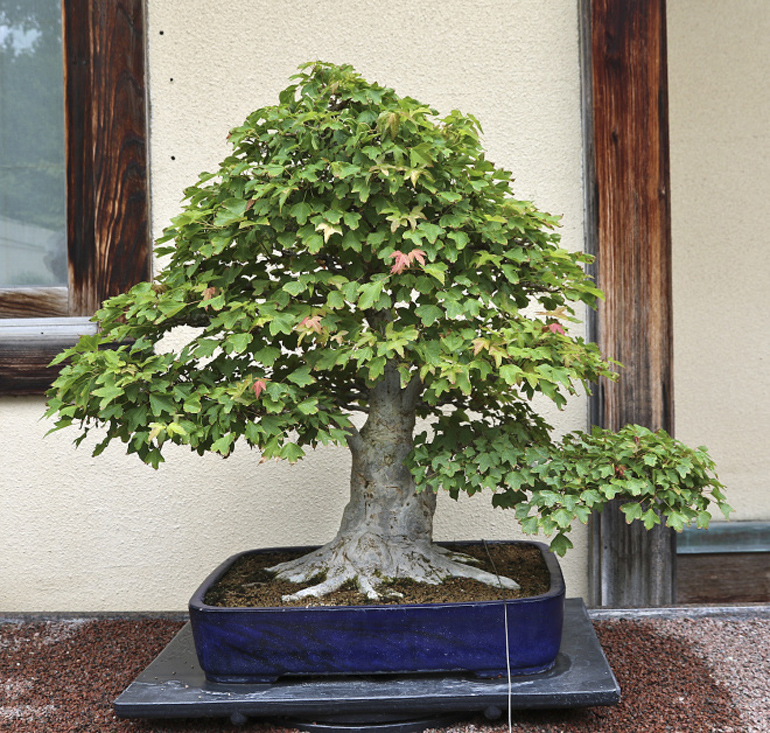
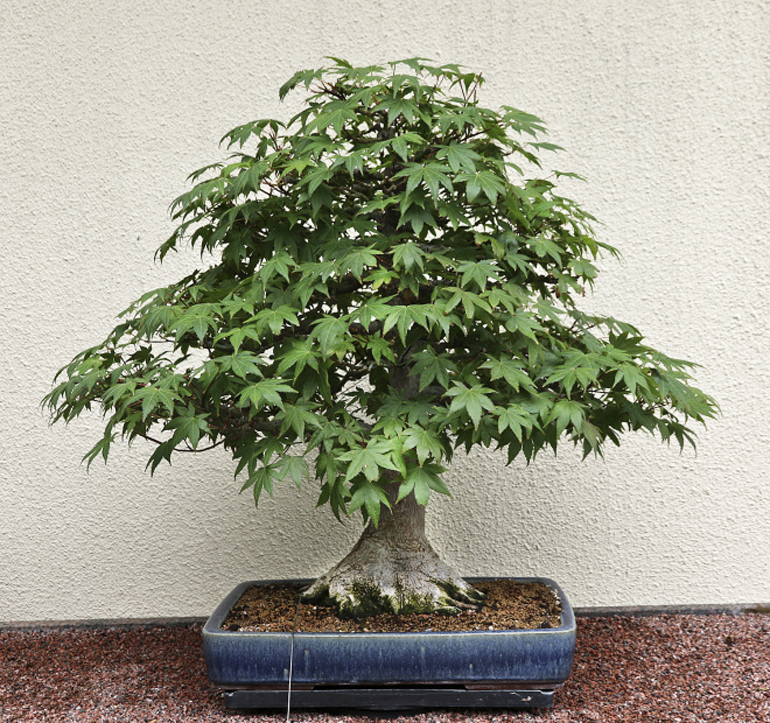
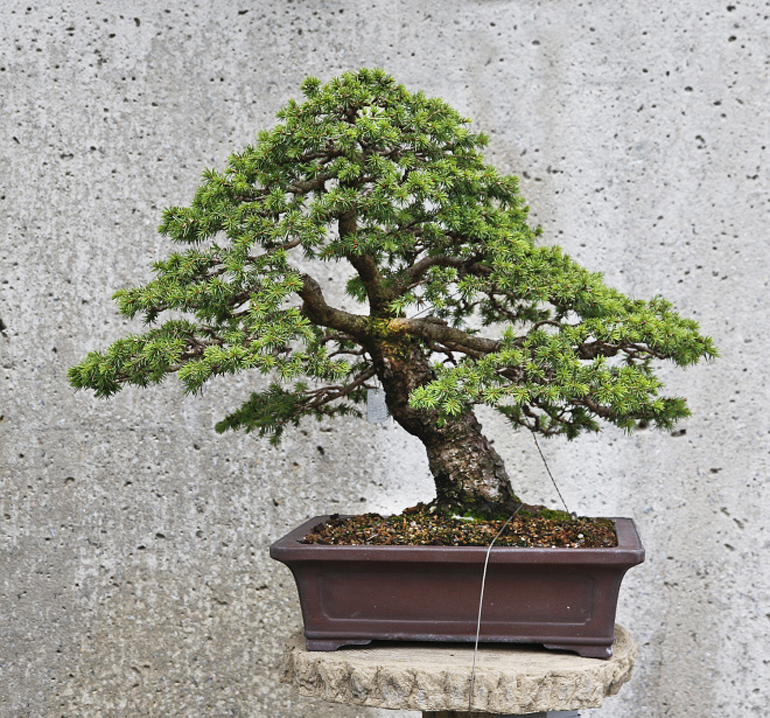
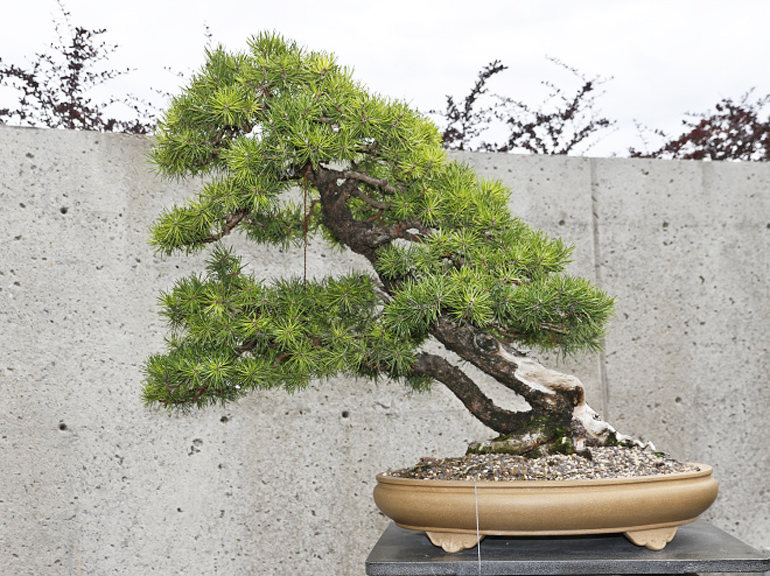 This one scares me. I'll take a wild guess and go for Scot's pine.
This one scares me. I'll take a wild guess and go for Scot's pine.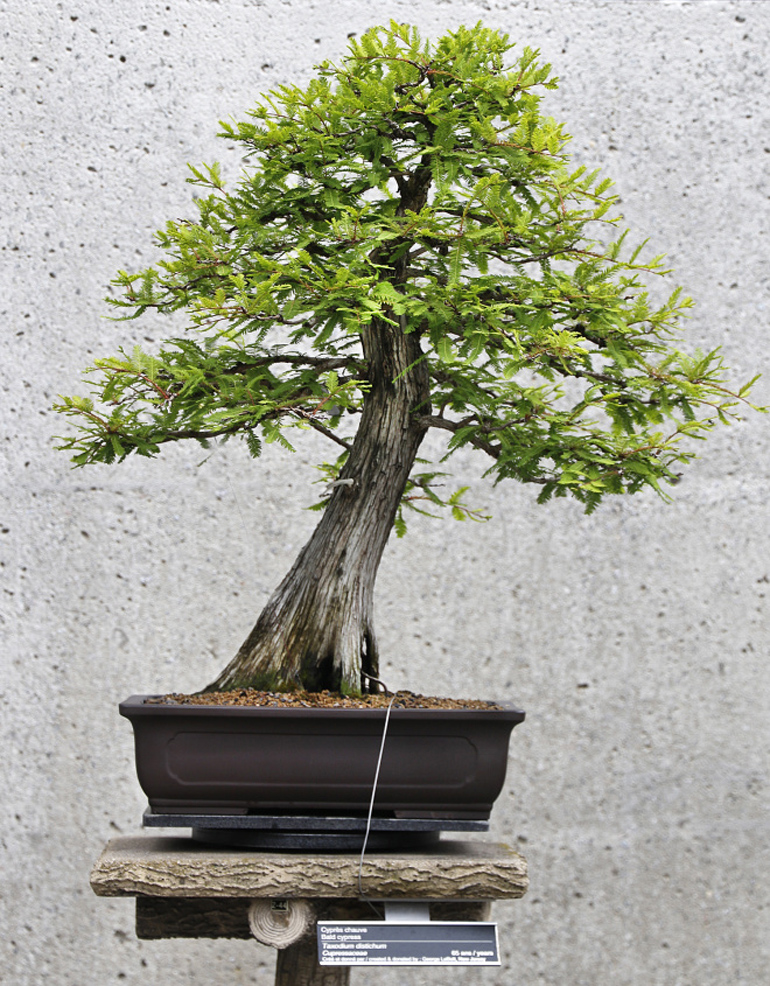 Bald cypress. This one is easy, with or without the plaque.
Bald cypress. This one is easy, with or without the plaque.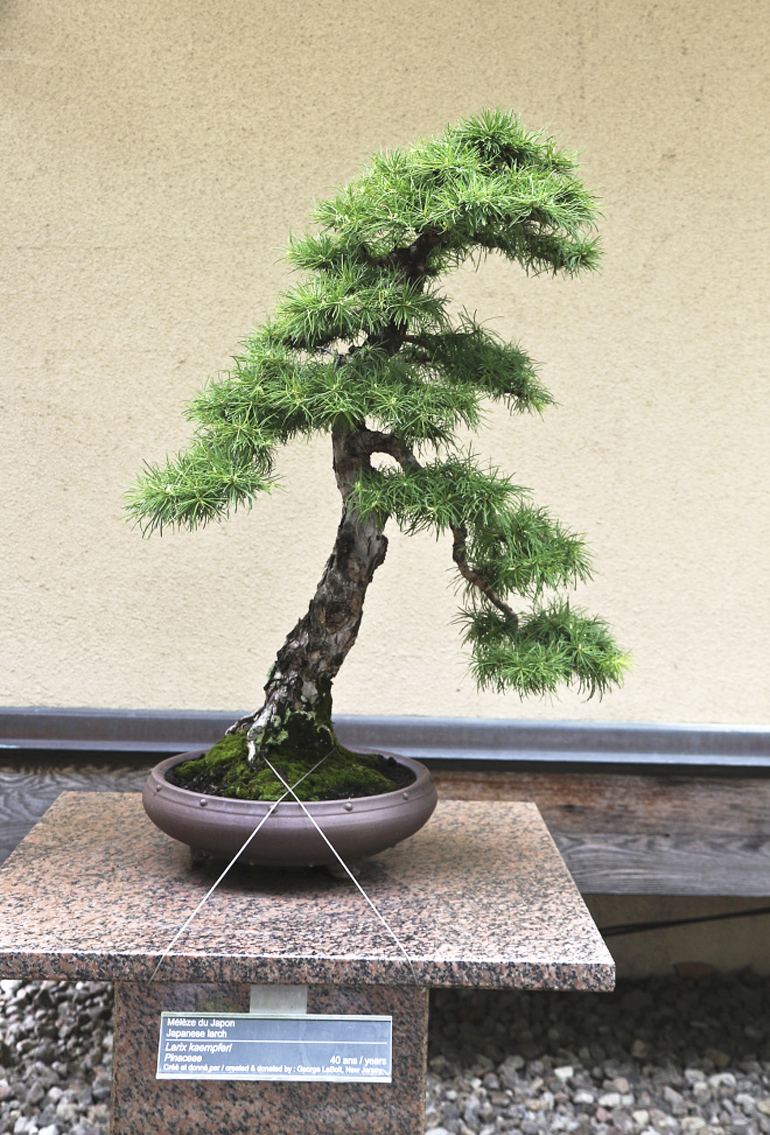

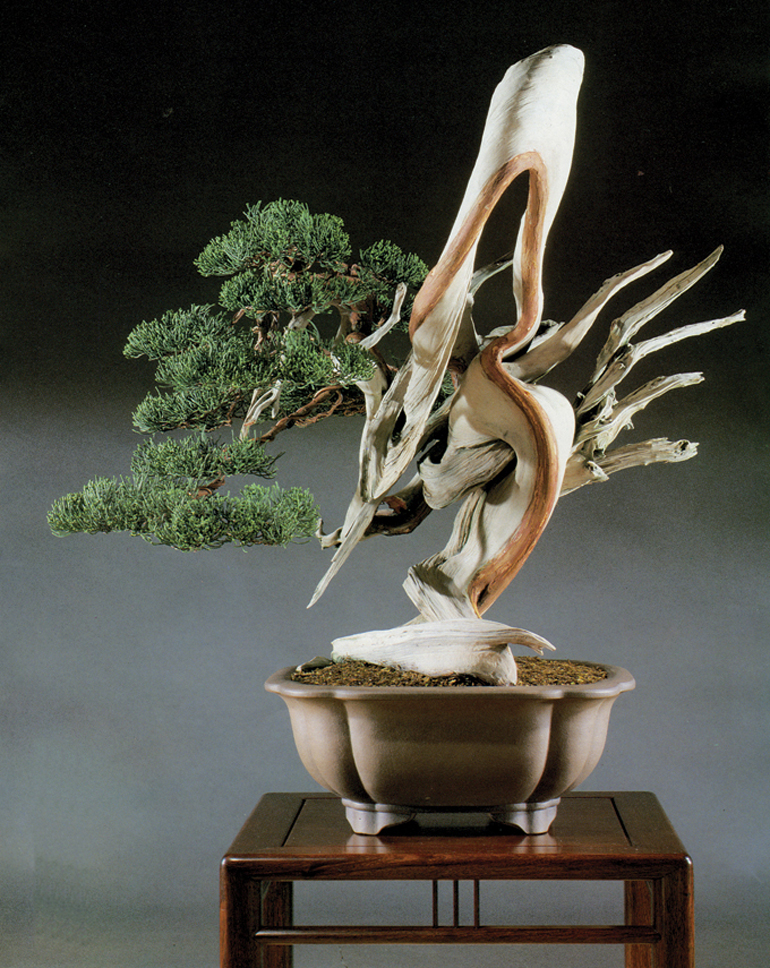
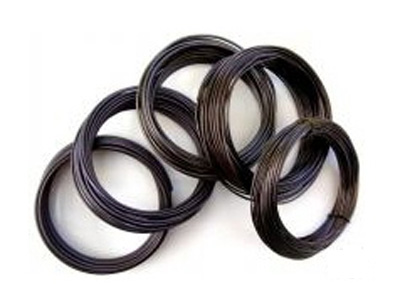
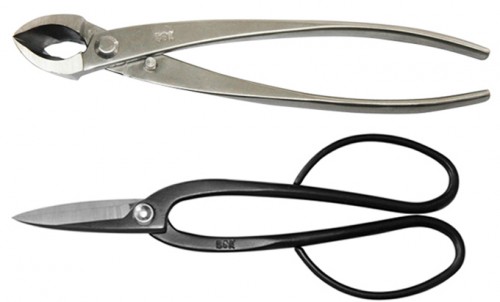
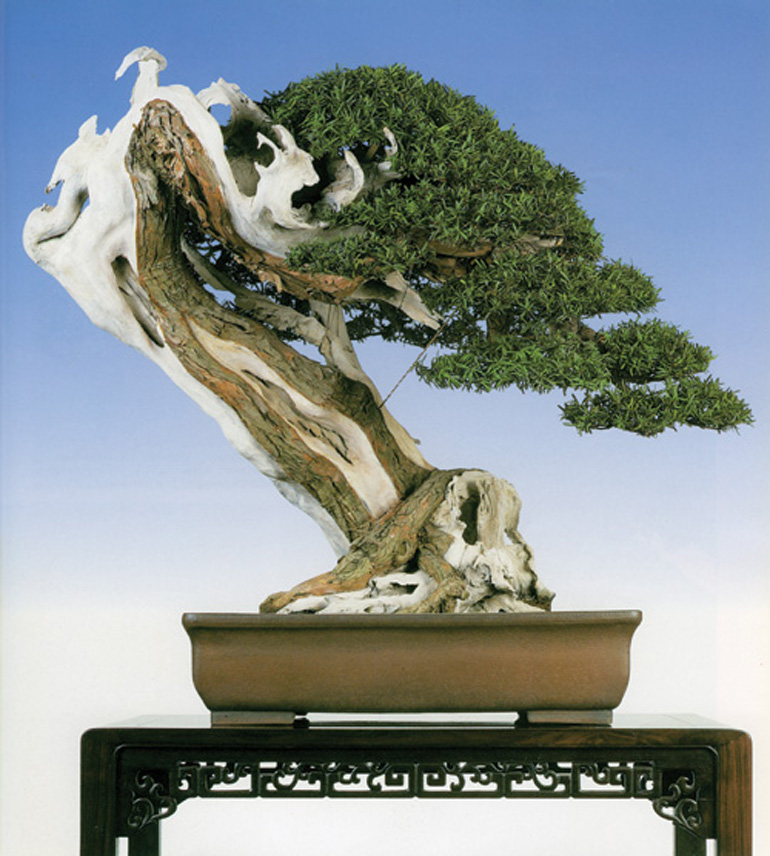 This powerful and famous Yew by is by Bonsai Master Masahiko Kimura. It's from
This powerful and famous Yew by is by Bonsai Master Masahiko Kimura. It's from 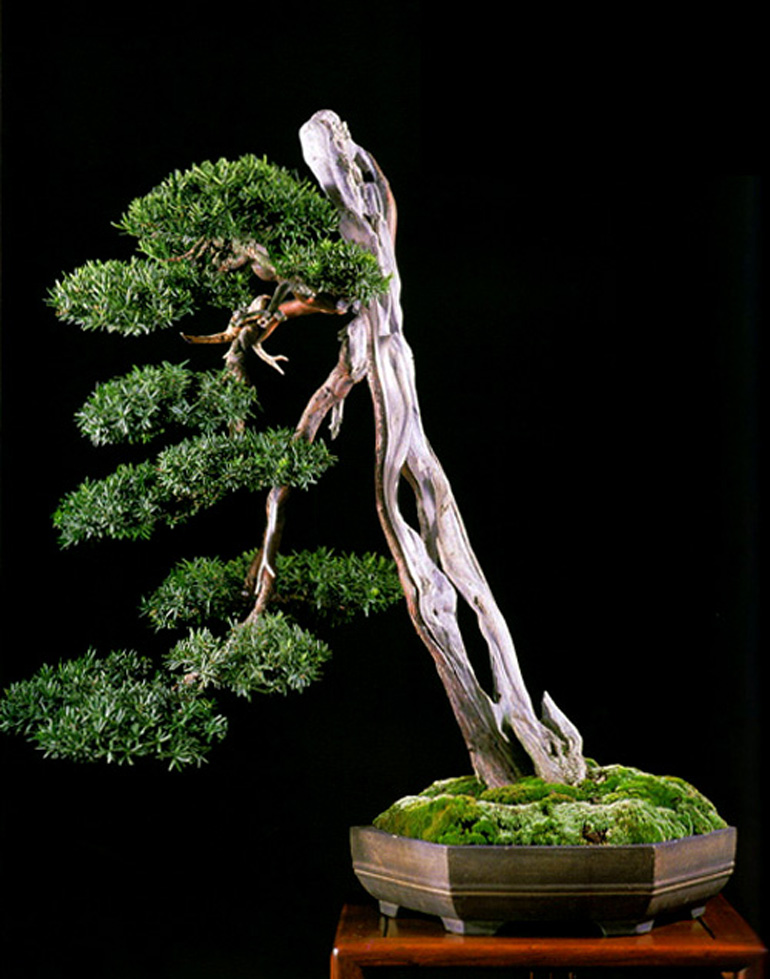
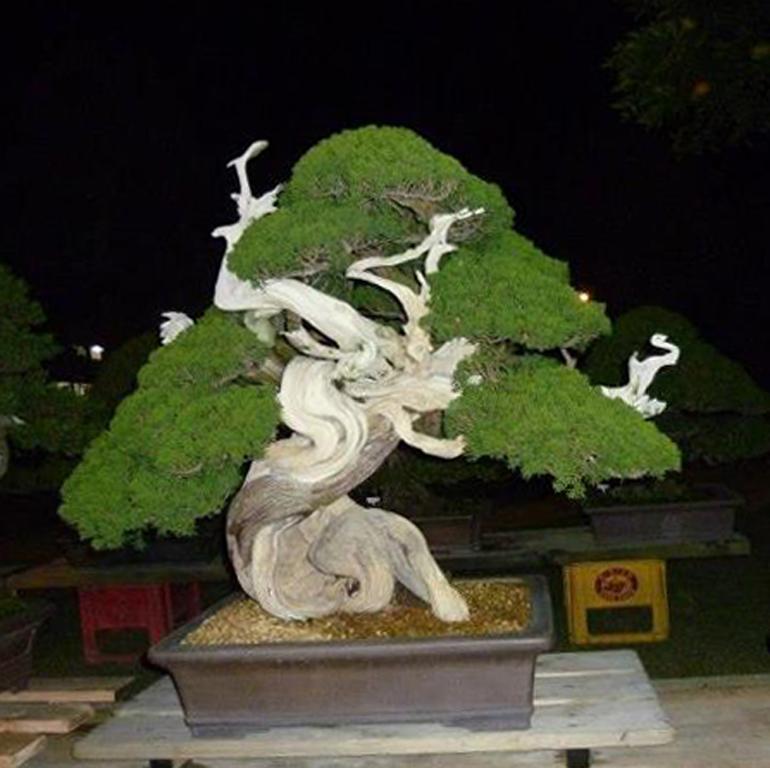
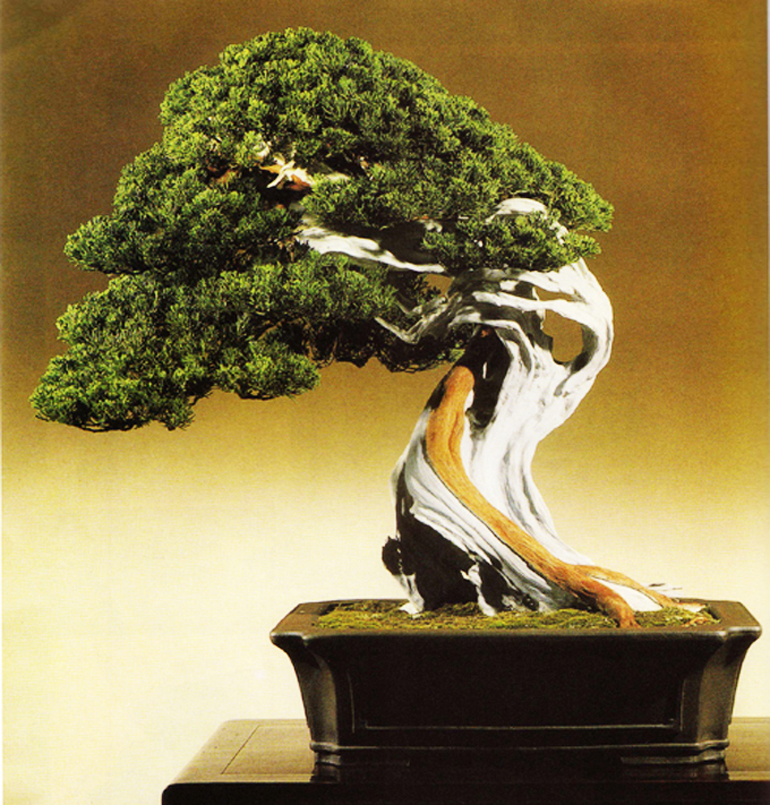
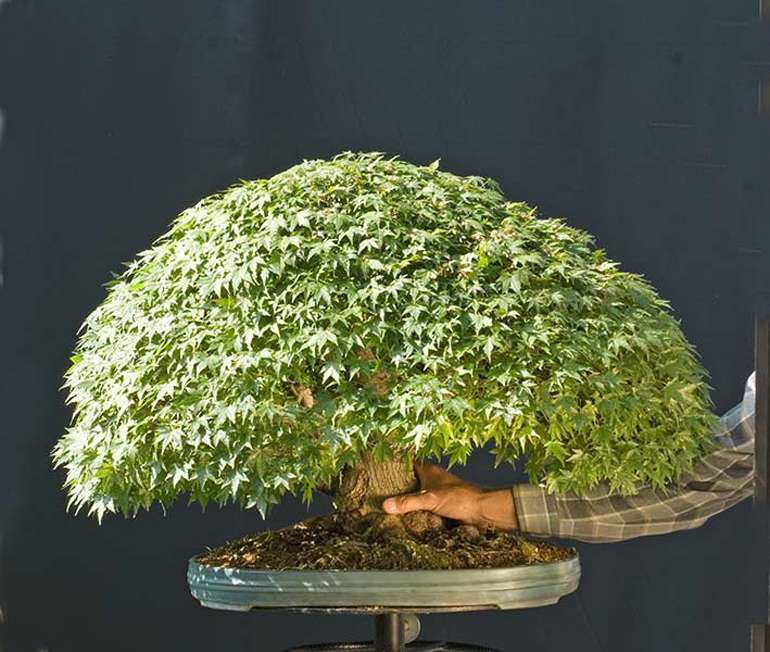 You can bet that this luxurious crown is the result of generous feeding. This lush Kiohime Japanese maple belongs to Walter Pall, so I'm guessing that's his arm and hand. It (the tree not the hand) is 45 cm (18") high and more than 50 years old (again the tree, though if it's Walter's hand...). It was originally imported from Japan.
You can bet that this luxurious crown is the result of generous feeding. This lush Kiohime Japanese maple belongs to Walter Pall, so I'm guessing that's his arm and hand. It (the tree not the hand) is 45 cm (18") high and more than 50 years old (again the tree, though if it's Walter's hand...). It was originally imported from Japan. 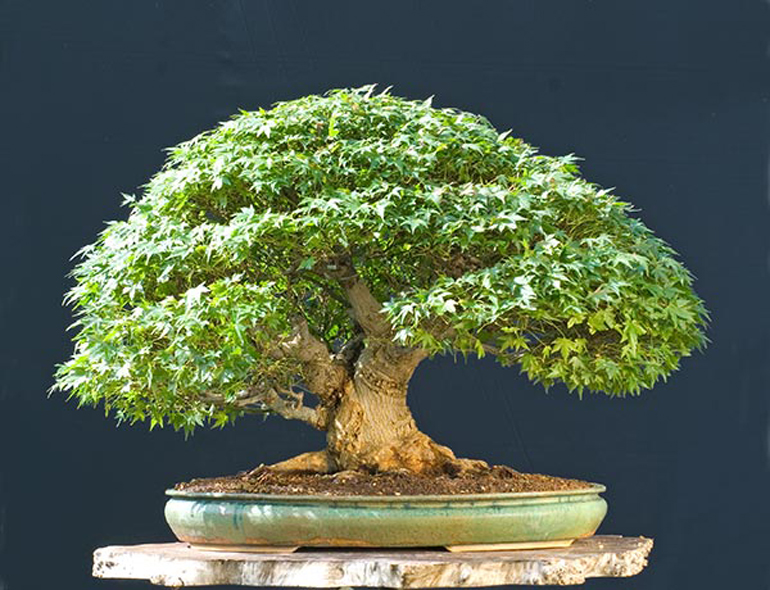
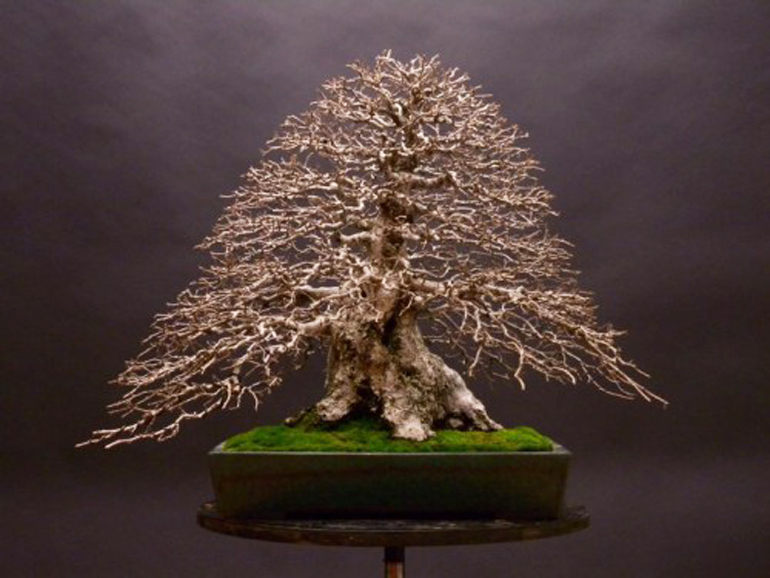
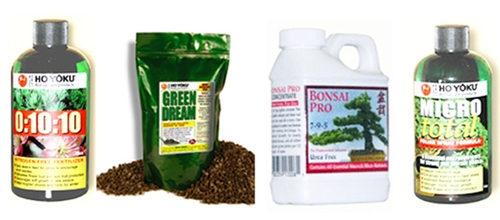
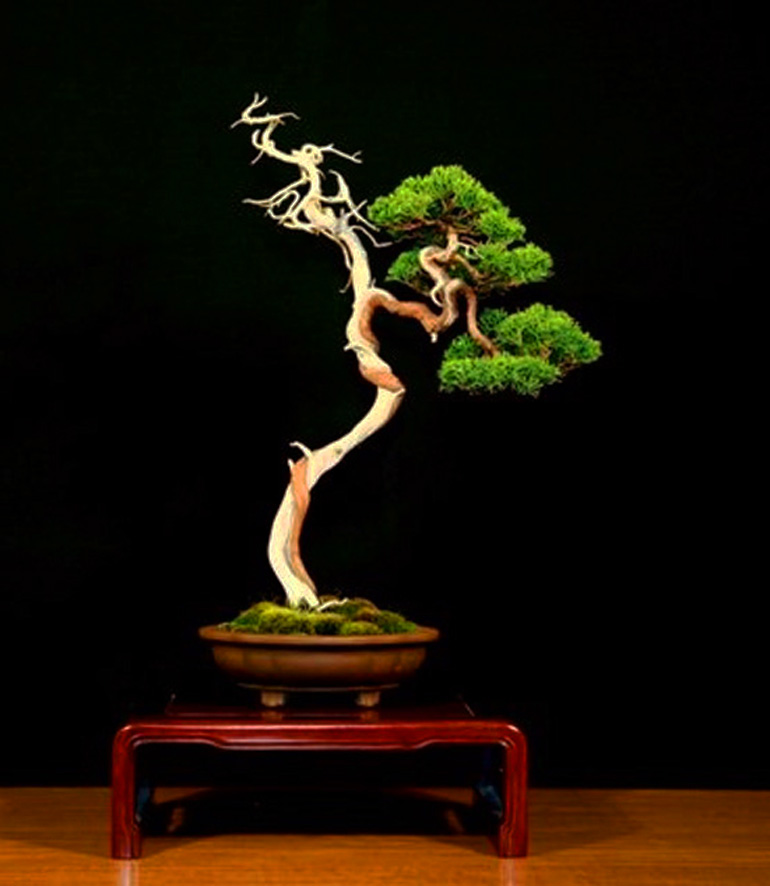 The uninitiated sometimes wonder how a tree like this stays alive. The answer; excellent care and that live vein that snakes its way up the trunk.
The uninitiated sometimes wonder how a tree like this stays alive. The answer; excellent care and that live vein that snakes its way up the trunk.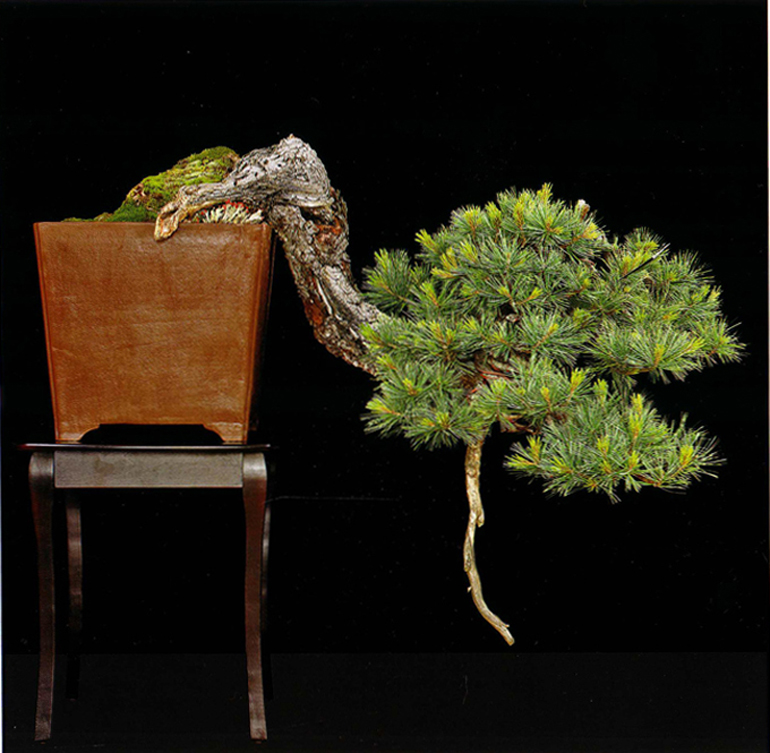 Going down? I can think of at least six reasons to love this tree: that little piece of wood that hangs over the edge of the pot, the remarkable texture and color of the bark, the way the powerful old trunk seems to cling to the pot, the radiant health expressed by the foliage, the fact that it's Southwestern white pine (Pinus strobiformis) a variety that's new to me, and that remarkable jin that seems to point in the direction the rest of tree is headed. The tree belong to Greg Brenden. The photo is from the 2010 2nd U.S. National Exhibition Album (out of print but we still have the
Going down? I can think of at least six reasons to love this tree: that little piece of wood that hangs over the edge of the pot, the remarkable texture and color of the bark, the way the powerful old trunk seems to cling to the pot, the radiant health expressed by the foliage, the fact that it's Southwestern white pine (Pinus strobiformis) a variety that's new to me, and that remarkable jin that seems to point in the direction the rest of tree is headed. The tree belong to Greg Brenden. The photo is from the 2010 2nd U.S. National Exhibition Album (out of print but we still have the 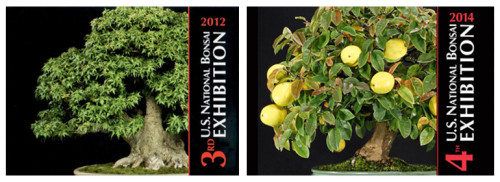
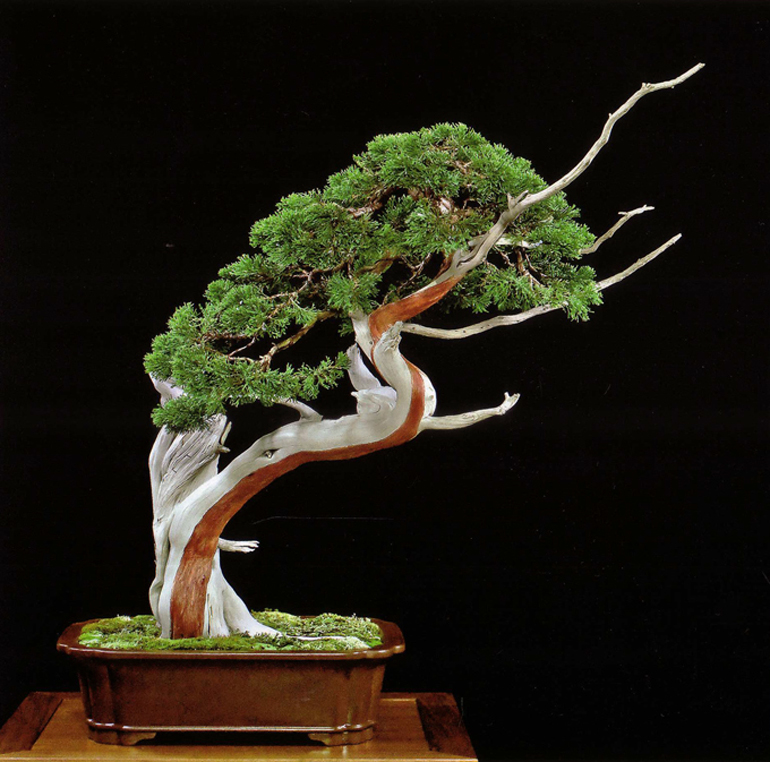 Going up? When I let go of my notions of naturalness and try to look with unprejudiced eyes, I’m struck by the way the whiteness (fresh
Going up? When I let go of my notions of naturalness and try to look with unprejudiced eyes, I’m struck by the way the whiteness (fresh 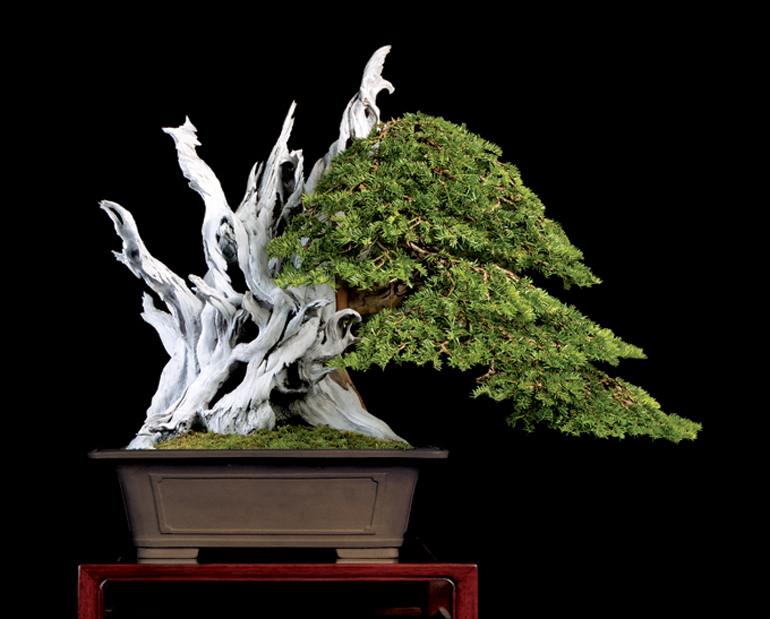
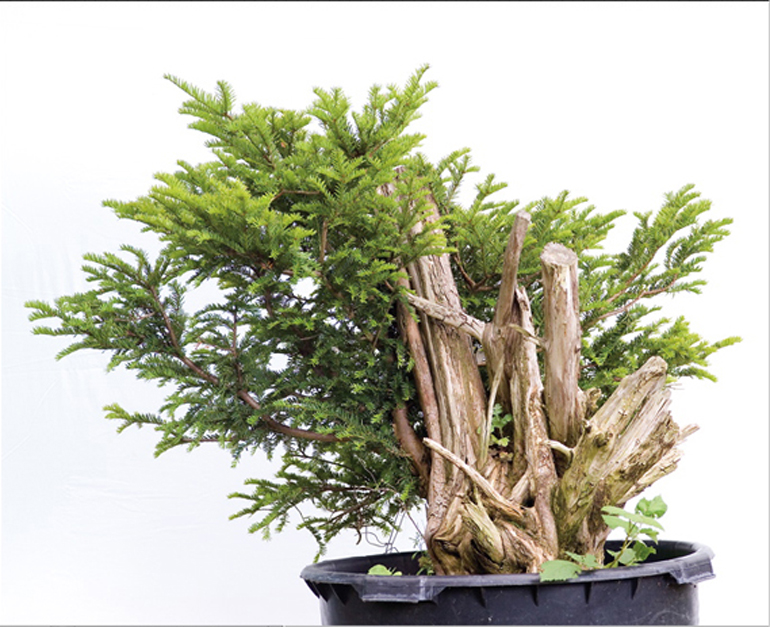
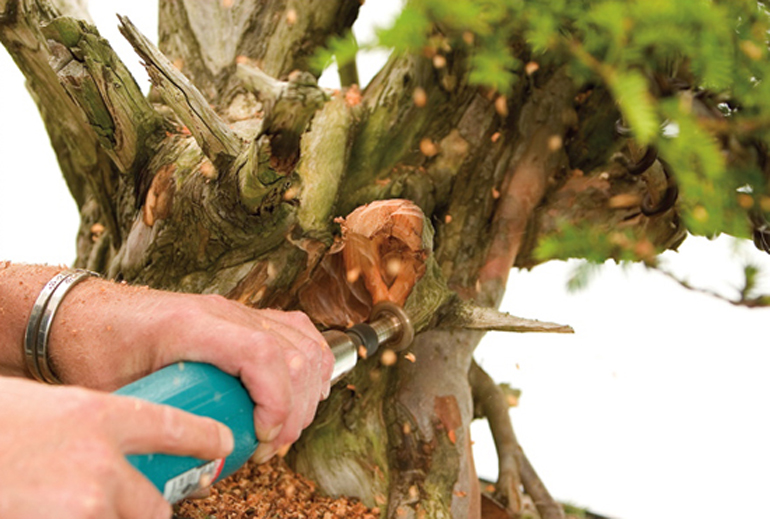
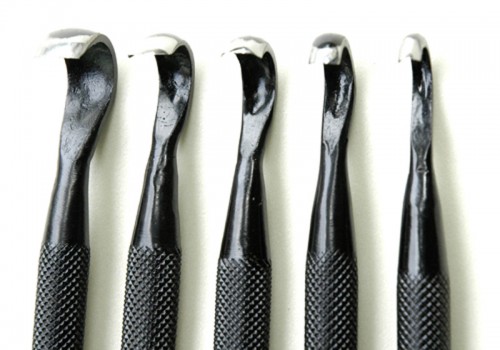 Hand tools work fine for smaller jobs and to supplement power carving.
Hand tools work fine for smaller jobs and to supplement power carving. 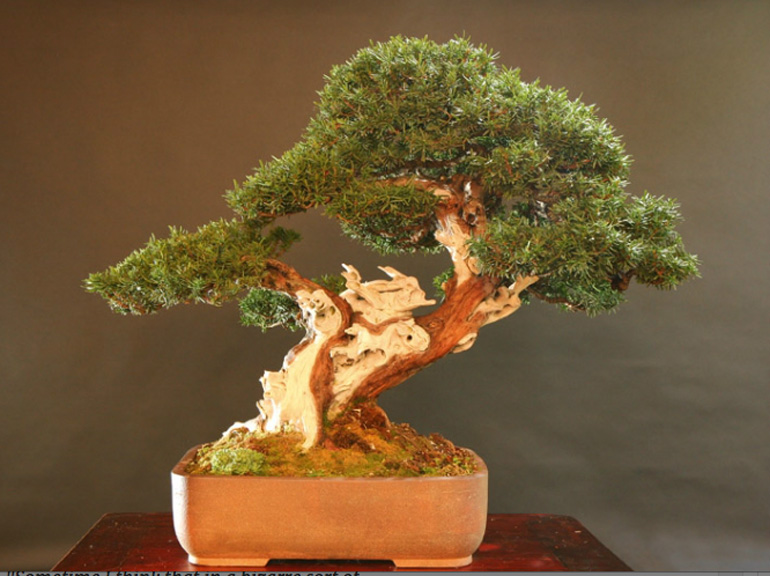 There's deadwood and then there's deadwood. This photo is from
There's deadwood and then there's deadwood. This photo is from 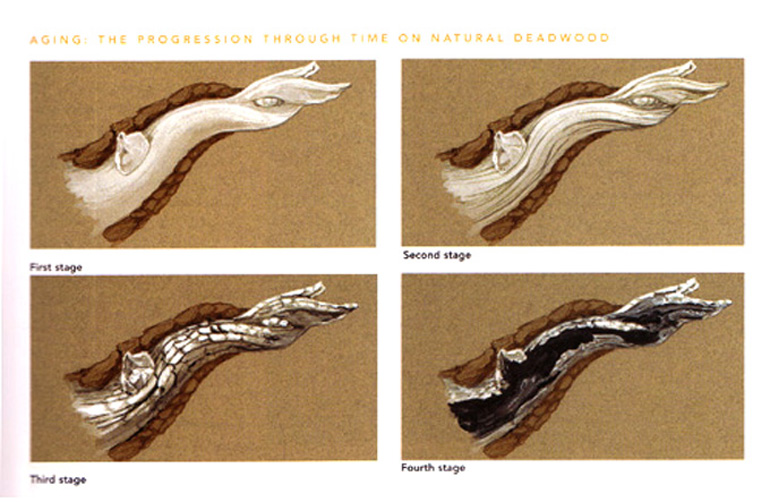 Francois Jeker’s illustrations on natural aging of deadwood. Originally from
Francois Jeker’s illustrations on natural aging of deadwood. Originally from 